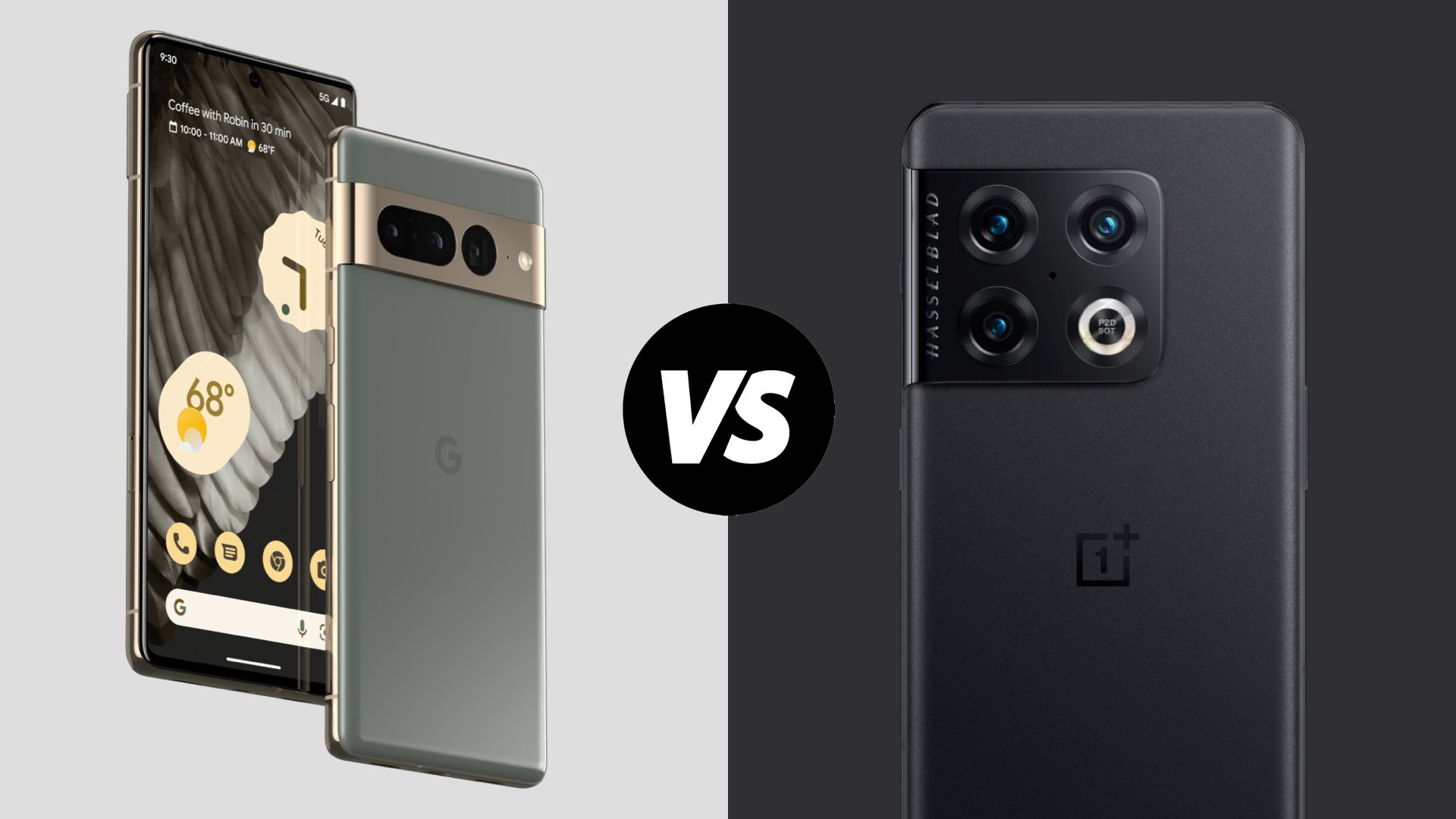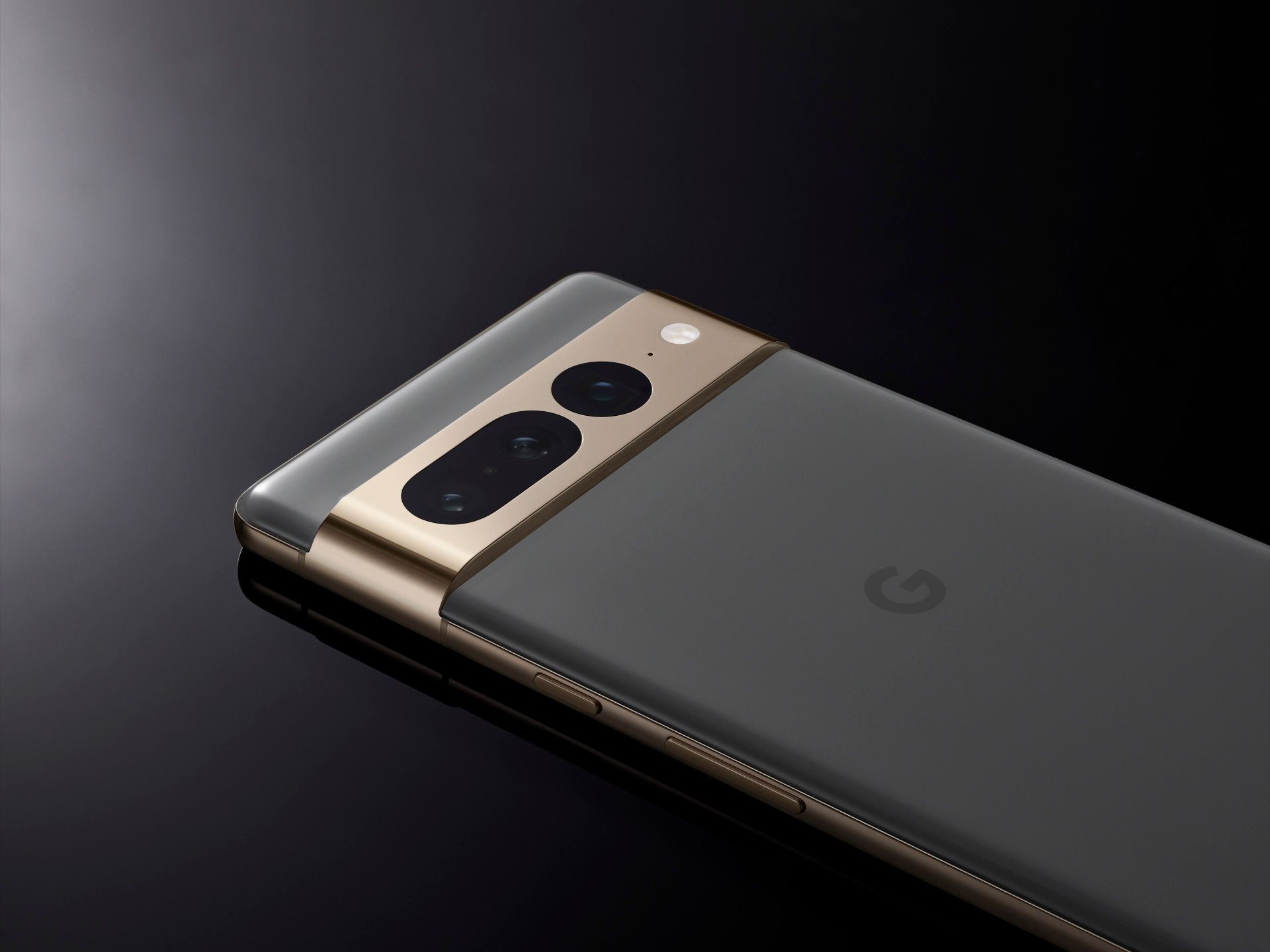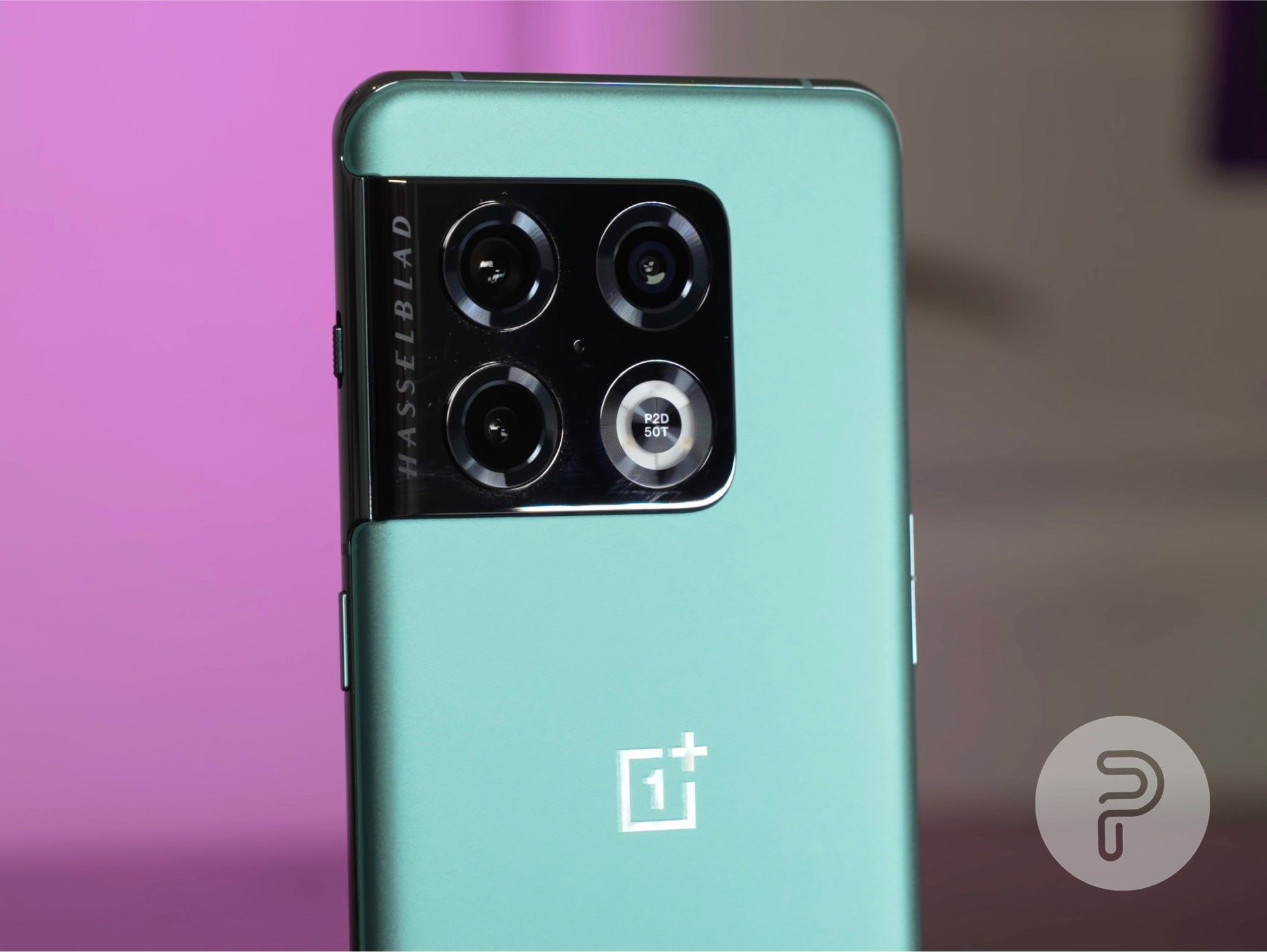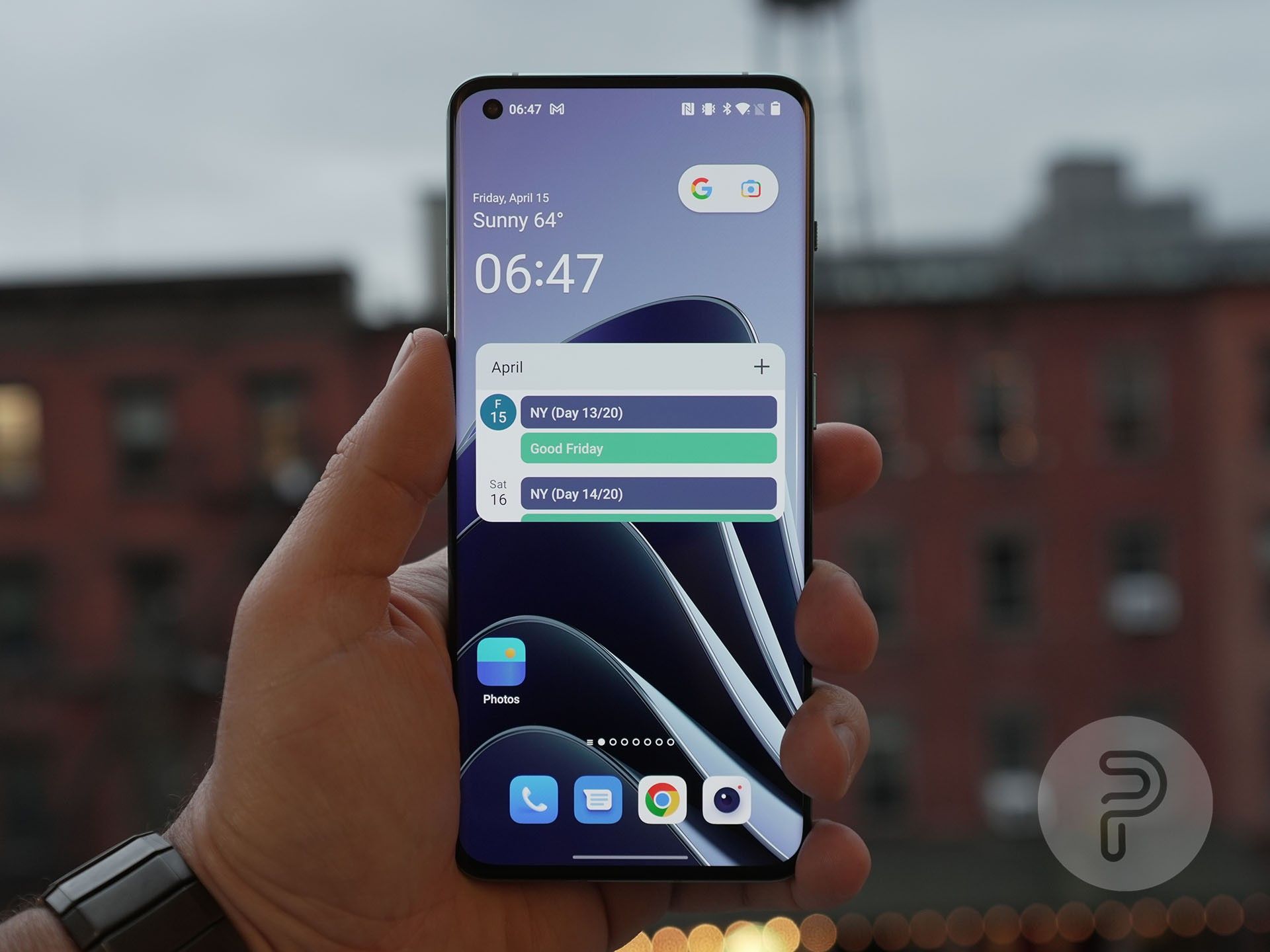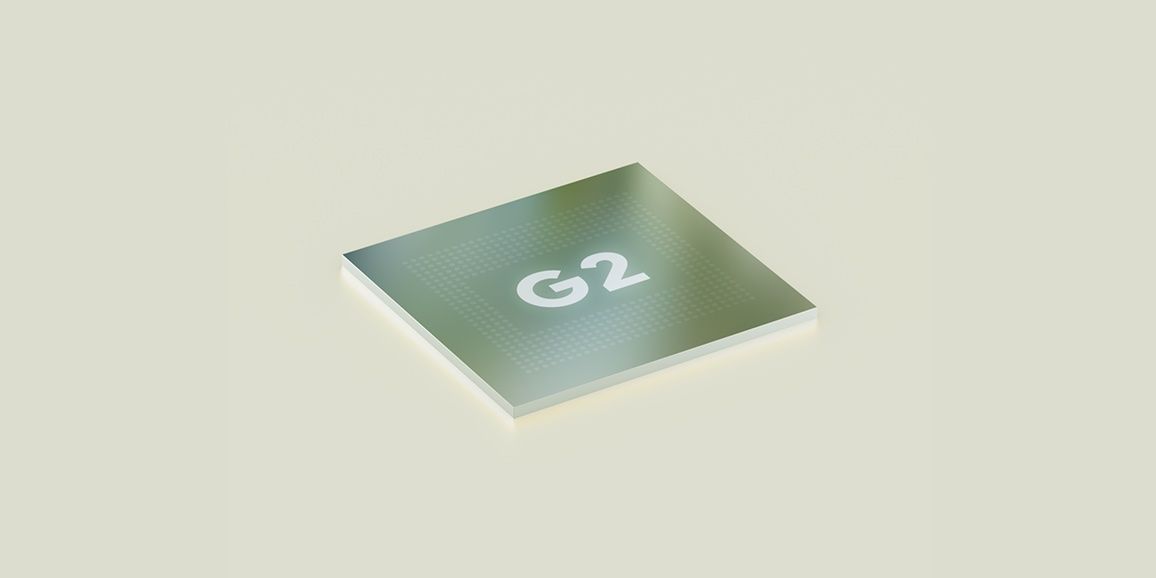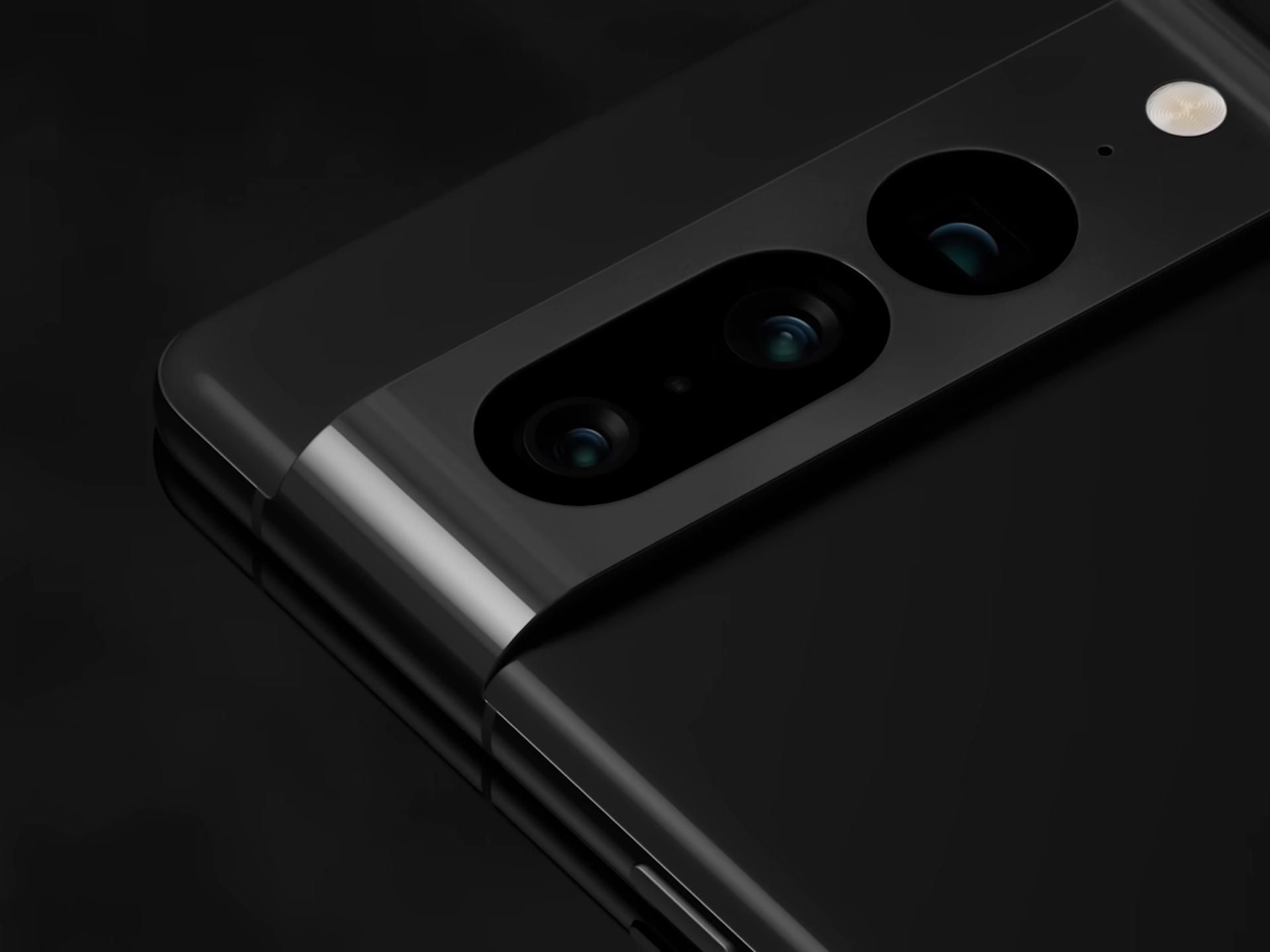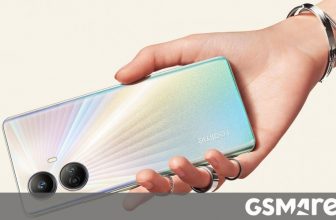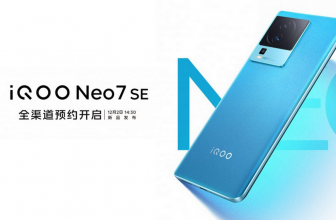Google unveiled the Pixel 7 and the Pixel 7 Pro in October, 2022. The new smartphones from Google offer iterative but meaningful upgrades over their predecessors and are available for purchase (you can find the best deals right here). While we have already drawn a comparison between the Google Pixel 7 Pro and the iPhone 14 Pro, in this article, we compare the two high-end Pro models from OnePlus and Google. So, without further ado, let’s take a closer look at the Google Pixel 7 Pro vs. OnePlus 10 Pro and see which smartphone deserves a place in your pocket.
Google Pixel 7 Pro
The Google Pixel 7 Pro will be powered by the new Google Pixel Tensor sensor, providing even more powerful graphics and computing power to let you play all of your favorite games. The device will also have a powerful new camera setup, and it’ll be available in Obsidian, Hazel, and Snow colors.

OnePlus 10 Pro
OnePlus 10 Pro ships with a 6.7-inch QHD+ display that uses a 2nd generation LTPO panel. It also features the Snapdragon 8 Gen 1 and aims to deliver a unique camera experience with a 150-degree Ultrawide camera and implementations from the second year of the Hasselblad partnership.
Technical Specifications
| Smartphone | Google Pixel 7 Pro | OnePlus 10 Pro |
|---|---|---|
| Operating System | Android 13 | OxygenOS 12.1 (Android 12) |
| Dimensions | 162.9 x 76.6 x 8.9 mm | 163.2 x 73.6 x 8.7 mm |
| Weight | 212 grams | 197 grams |
| Display | 6.7-inch QHD+ AMOLED LTPO | 6.7-inch QHD+ OLED LTPO |
| Display Features |
|
|
| Processor | Google Tensor G2 | Qualcomm Snapdragon 8 Gen 1 |
| RAM | 12GB LPDDR5 | 8GB or 12GB (LPDDR5) |
| Internal Storage | 128GB, 256GB, 512GB | 128GB, 256GB |
| Expandable Storage | No | No |
| Rear Camera |
|
|
| Front Camera | 10.8 MP, f/2.2, Auto-HDR | 32 MP, f/2.2, Auto-HDR |
| Battery | 5,000 mAh | 5,000 mAh |
| Charging |
|
|
| Security | Face Unlock, Under-Display Fingerprint Scanner, PIN, Pattern, Password | Face Unlock, Under-display Fingerprint Scanner, PIN, Pattern, Password |
| Connectivity | 5G, LTE, Wi-Fi 6E, Bluetooth 5.2, NFC | 5G, LTE, Wi-Fi 6, Bluetooth 5.2, NFC |
| Ports | USB-C 3.2 Gen 2, No 3.5mm Headphone Jack | USB-C, No 3.5mm Headphone Jack |
| Water Resistance | IP68 | IP68 |
| Colors | Obsidian, Snow, Hazel | Volcanic Black, Emerald Forest |
| Price | $899 |
Design
Starting off the Pixel 7 Pro vs. OnePlus 10 Pro comparison with design, you’ll notice that the new Google smartphone features a similar shell as the last year’s Pixel 6 Pro. It still comes with a huge camera visor running horizontally across the device’s glass back. One key difference this time is that the camera housing is made out of metal, and the device now features Gorilla Glass Victus protection on both the front and back.
The company has also dropped the dual-tone design in favor of a glass back that features a single shade with contrasting anodized aluminum used for the frame and around the camera lenses. The new design matches the camera bumper’s color with the device’s frame, providing a seamless look, which looks great, in my opinion. The color options for the Pixel 7 Pro include Obsidian, Snow, and Hazel.
Meanwhile, the OnePlus 10 Pro resembles Samsung’s flagships in design. The company has created a camera array that blends into the side metal frame of the smartphone. Regarding the OnePlus 10 Pro’s build, the company has gone with Gorilla Glass Victus on the front. However, Gorilla Glass 5 remains on the back.
The two smartphones are almost similar in terms of size, but it’s worth noting that the OnePlus 10 Pro is a tad bit thinner compared to the Pixel 7 Pro. In addition, the OnePlus 10 Pro weighs about 10 grams less than Google’s flagship smartphone, despite featuring a similar 6.7-inch display. And while we’re on the topic of display…
Display
Both the Pixel 7 Pro and the OnePlus 10 Pro feature a large 6.7-inch curved punch-hole display. The competition really seems neck to neck in this department as both smartphones have display panels that support QHD+ resolution with great contrast ratios, adaptive 120Hz refresh rate, and high resolution. The only major difference is in the peak brightness of the two display panels.
The panel of the Google Pixel 7 Pro can go up to 1,500 nits, making it easier to see outdoors, while the OnePlus 10 Pro only offers 1,300 nits of peak brightness. Nonetheless, there is only a small difference between the screens of the Pixel 7 Pro and the OnePlus 10 Pro, and in terms of display quality, neither of the phones will disappoint.
Performance
The Google Pixel 7 Pro comes with the company’s new Tensor G2 chipset. While the CPU architecture of the chipset has remained the same as the previous generation, it comes with a better GPU and TPU, enabling even better ML and AI capabilities. Google says the new Tensor G2 chipset brings even more helpful and personalized features to photos, videos, calls, security, and speech recognition.
The OnePlus 10 Pro ships with Qualcomm’s Snapdragon 8 Gen 1 chipset. Though it isn’t as powerful as the OnePlus 10T’s Snapdragon 8 Plus Gen 1, the chipset is still one of the best terms of performance. The OnePlus 10 Pro also comes with a five-layer 3D Passive Cooling System to keep the engine running cool.
Taking a look at the storage options, the Pixel 7 Pro comes with up to 512GB of onboard storage, while the OnePlus 10 Pro is offered with a maximum of 256GB storage only. Both smartphones offer up to 12GB of LPDDR5 RAM. However, if what you’re looking for is fast software updates, then go for the Pixel 7 Pro, as Google smartphones get upgrades faster than other Android OEM smartphones.
Rest assured, you won’t notice much of a difference between the performance of the Pixel 7 Pro and OnePlus 10 Pro in day-to-day usage, and both smartphones will be able to handle any task you throw at them with ease.
Camera
Taking a look at the back, the Pixel 7 Pro comes with the same triple-camera setup as its predecessor. This means you get a Quad Bayer 50 MP wide, a Quad Bayer 48 MP telephoto, and a new 12 MP ultra-wide with autofocus. Even though the hardware remains the same, the real upgrades come thanks to the newer Tensor G2 processor.
The chipset not only enables better image and video processing compared to the previous generation but also many other software tricks. The new camera software features include a Macro Focus, which uses the ultra-wide camera to get a clear shot of the objects closer to the lens, while the Real Tone — which now works even in low light — helps with better skin color reproduction. Movie Motion Blur for videos offers features similar to Apple’s Cinematic Mode for iPhone.
Unlike the OnePlus flagships of the past, the OnePlus 10 Pro’s camera system particularly impressed us. The Hasselblad partnership seems to have finally come to fruition as the color science, and the overall image output of the OnePlus 10 Pro is on par with other Android flagships.
“Guys, I know it took eight years, but we finally get great photos from a OnePlus phone,” said Jaime Rivera in the review of the OnePlus 10 Pro. To learn more about the OnePlus 10 Pro’s camera performance, do check out our review embedded above.
Battery
Lastly, coming to the battery department, both smartphones feature a big 5,000 mAh battery cell. There’s a chance that the battery of the Pixel 7 Pro may be better than the OnePlus 10 Pro, thanks to the Tensor G2 chip’s optimizations, but it still is too early to tell, and we’ll have to conduct more tests. Nonetheless, both smartphones’ 5,000 mAh batteries should be fine for a normal day of use.
Charging speed, however, is a different story — it has almost become impossible to compete with OnePlus in this area. The OnePlus 10 Pro features 65W SuperVOOC wired fast charging in North America and 80W SuperVOOC charging in other regions. The company claims that the OnePlus 10 Pro can go from 0-100% in just about 34 minutes.
The OnePlus 10 Pro also features faster 50W AIRVOOC wireless charging. On the other hand, the Google Pixel 7 Pro only supports a maximum of 30W wired charging and 23W wireless charging. Thankfully, both smartphones feature reverse wireless charging, using which you can charge Qi-compatible accessories by just placing them on the back of the devices.
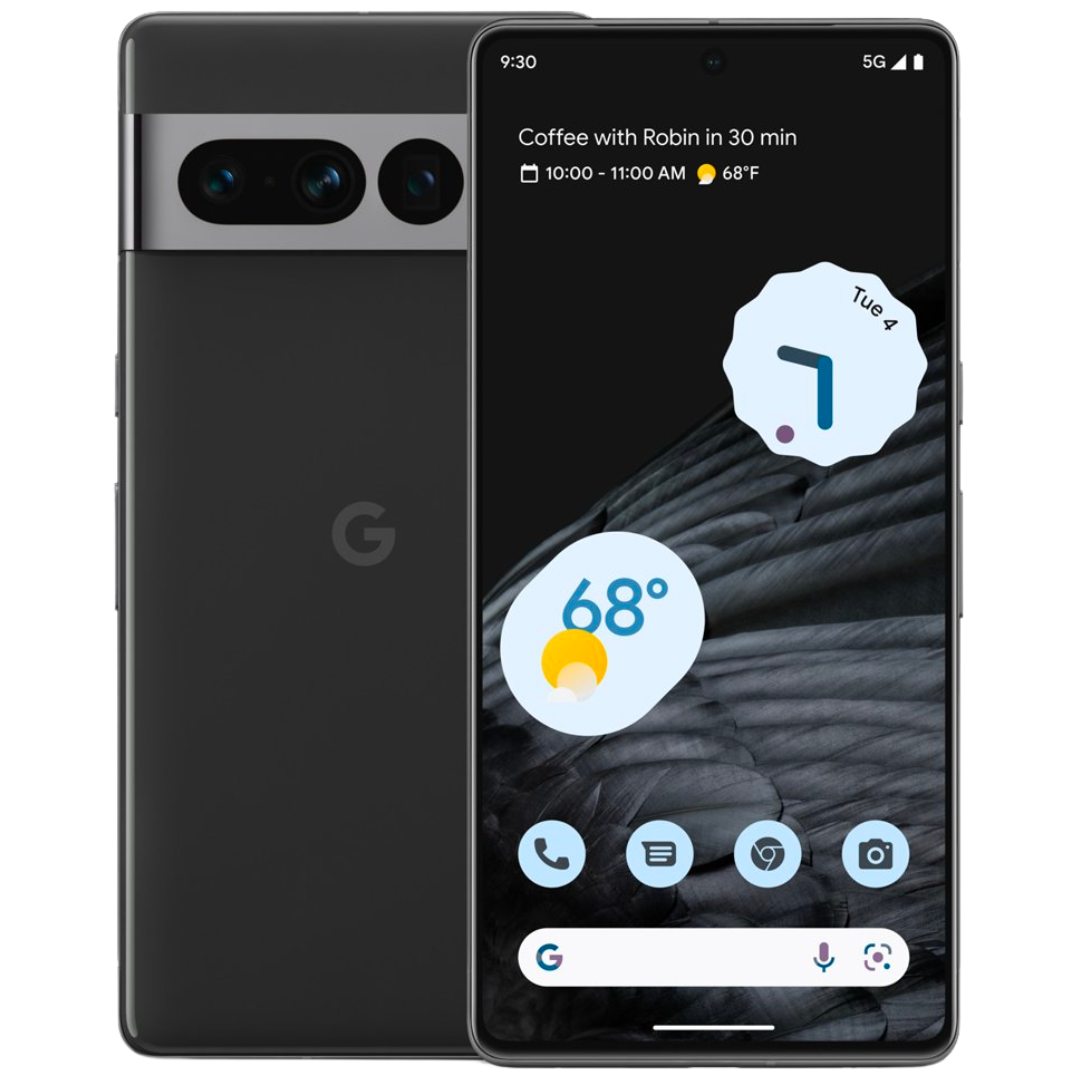
Google Pixel 7 Pro
The Google Pixel 7 Pro will be powered by the new Google Pixel Tensor sensor, providing even more powerful graphics and computing power to let you play all of your favorite games. The device will also have a powerful new camera setup, and it’ll be available in Obsidian, Hazel, and Snow colors.

OnePlus 10 Pro
OnePlus 10 Pro ships with a 6.7-inch QHD+ display that uses a 2nd generation LTPO panel. It also features the Snapdragon 8 Gen 1 and aims to deliver a unique camera experience with a 150-degree Ultrawide camera and implementations from the second year of the Hasselblad partnership.

